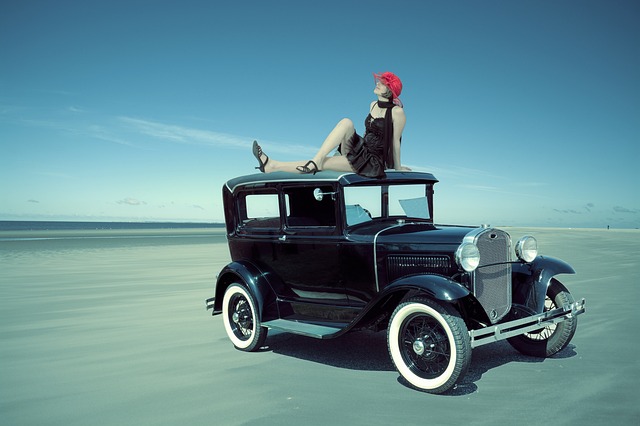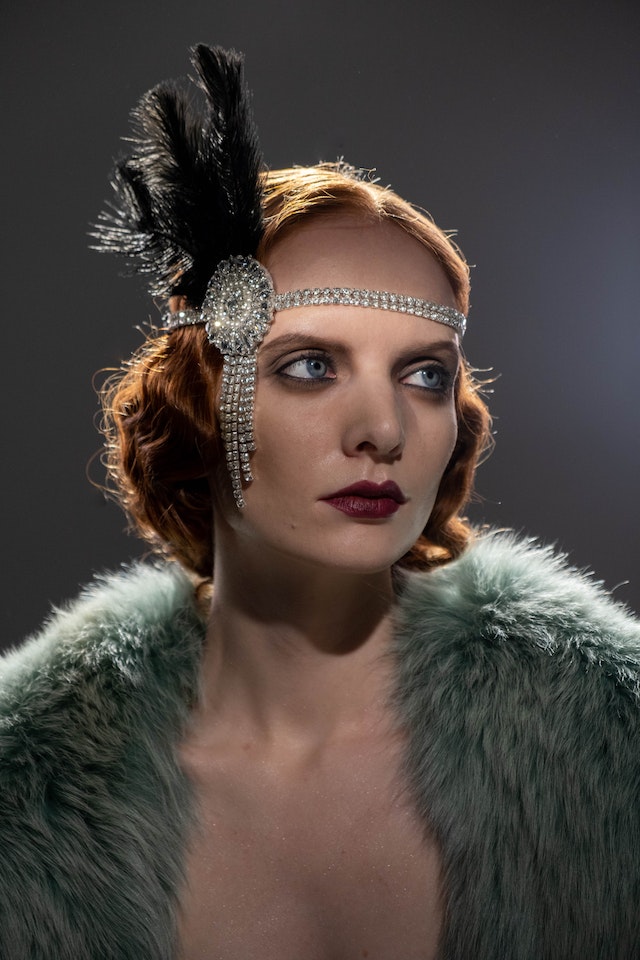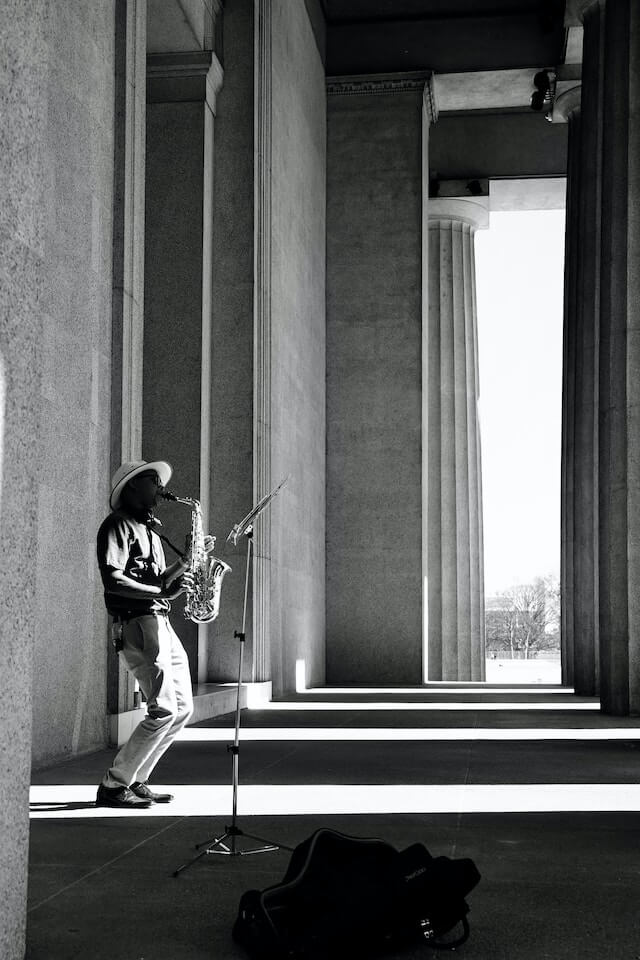
The 1920s, more popularly known as The Roaring Twenties, was a decade marked by cultural and social rebellion, economic prosperity, and unparalleled artistic expression. From the rise of jazz music to the emergence of the flapper, everything about this era was vibrant and transformative.
One of the most significant facets of the 1920s was fashion. The revolution in the way people dressed reflected the changing attitudes and values of the time. Women, in particular, found new freedom in their clothing choices. They ditched the heavy corsets and long skirts of the past and embraced shorter, looser, and more comfortable dresses.
Women’s fashion and the flapper
The iconic flapper look emerged during this time, characterized by short hair, heavy makeup, and above-the-knee dresses. Flapper fashion also embraced shimmering sequins, beads, and fringe, as well as bold geometric patterns and contrasting colors. The flapper dress became one of the most recognizable symbols of the decade, embodying the spirit of rebellion and liberation.
Interesting facts about the flapper
1. The term “flapper” was originally used in the 19th century to describe a young bird flapping its wings while learning to fly.
2. The flapper look was inspired by the French fashion designer, Coco Chanel, who introduced the idea of more relaxed and comfortable clothing for women.
3. The typical flapper dress was made of lightweight materials, such as chiffon or silk, and featured a drop-waist and loose, straight silhouette.
4. Flappers were known for their short haircuts, which were often styled into a bob or a shingle cut.
5. The term “the new woman” was often used to describe the flapper of the 1920s, who embraced independence, freedom, and a carefree lifestyle.
6. Flappers were also known for their heavy makeup, particularly their bold eye makeup and dark lipstick shades.
7. Flapper fashion inspired a range of accessories, such as long pearl necklaces, feather boas, and beaded headbands.
8. Some criticized the flapper look, arguing that it was too scandalous and provocative for the time, while others saw it as a symbol of women’s liberation and empowerment.
9. Flapper fashion continued to influence style throughout the 20th century, particularly in the 1960s, when mod fashion took inspiration from the flapper look.
10. The flapper dress remains a popular choice for costume parties and fancy dress events, cementing its place in popular culture as a symbol of the Roaring Twenties.

Men’s fashion
However, the Roaring Twenties was more than just flapper fashion. In the 1920s, men’s fashion underwent a significant transformation as well. It was a time where society was transitioning from old-world conservatism to a more modern vision of masculinity. Men’s clothing became more relaxed, reflecting the values of comfort and freedom that were becoming increasingly important.
Suits were still the norm for formal occasions, but they were now cut with a looser fit and sportier style. The double-breasted suit became the new standard for formal occasions, featuring a wide lapel and two rows of buttons. The suit was often made of lighter-weight fabrics, such as tweed, flannel, or wool, which made it more suitable for a variety of occasions.
The rise of the business suit
One significant development in men’s fashion during the 1920s was the rise of the business suit. The business suit was designed to be more practical than a formal suit, with a single-breasted jacket and fewer frills. It was appropriate for work and other daytime events, reflecting the growing importance of business and industry in the economy.
Tie transformation
Ties also underwent a major transformation during this decade. Narrower ties became more fashionable, taking over from the wider styles of the previous decade. Tie clips and tie bars grew in popularity and were seen as a symbol of modernity.

All about the accessories
Accessories played a critical role in men’s fashion during the 1920s. The fedora hat, made popular by pro baseball player Babe Ruth, became a must-have accessory for men. It was typically worn with a suit or business attire and came in various colors, including black, brown, grey, and tan.
Comfortable and stylish footwear
The shoes worn by men during this era also reflected the changing attitudes towards fashion. Men’s shoes were now more stylish and comfortable than ever before, featuring new materials such as suede and leather. Oxfords and loafers were popular choices for everyday wear.
An economic, literary, and artistic renaissance
The economy of the 1920s also played a crucial role in influencing fashion trends. The growth of the film industry meant that Hollywood was now dictating fashion from the big screen. The rise of advertising and mass-produced clothing made fashion more affordable and accessible to the masses.
Artistic expression during the 1920s was also at an all-time high. The decade saw an explosion in jazz music, which became a major cultural force. African American artists, such as Louis Armstrong and Duke Ellington, gained national attention and became cultural icons.
Literature also experienced a renaissance, with writers such as F. Scott Fitzgerald, Ernest Hemingway, and Langston Hughes capturing the spirit of the times in their work. The art world also flourished during the 1920s, with movements such as Art Deco gaining popularity.
In conclusion, the 1920s was a decade that marked a significant shift in fashion, culture, and society as a whole. From flapper fashion to the rise of jazz music, the Roaring Twenties remains one of the most iconic and transformative periods in modern fashion history.
